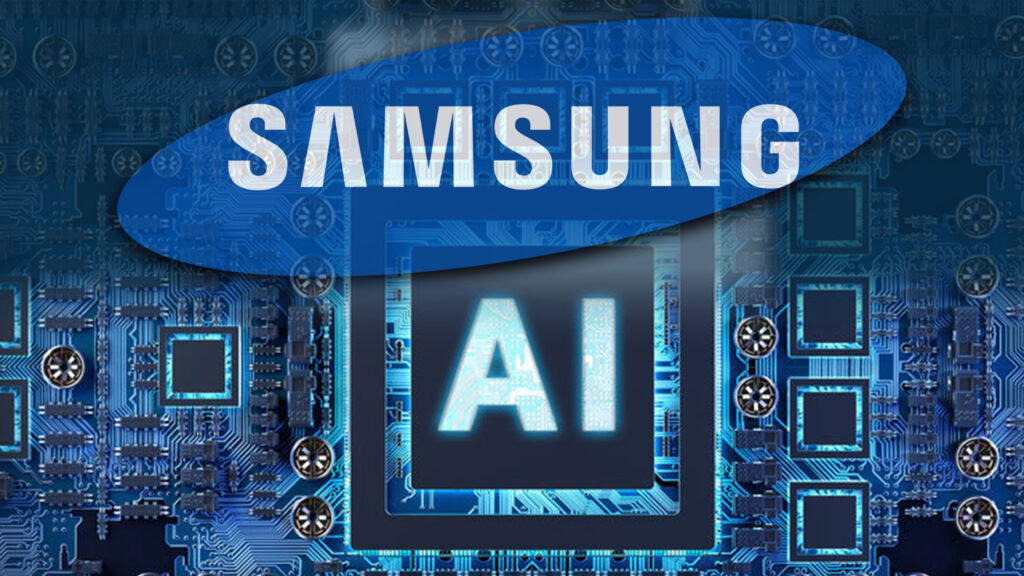Samsung Electronics has issued a cautious earnings forecast for the second quarter of 2025, projecting a 39% year-over-year decline in operating profit, largely attributed to slowing demand for AI-related semiconductors. The South Korean tech giant, known globally for its dominance in memory chips and consumer electronics, is feeling the impact of a cooling AI hardware market after an initial surge of investment in 2023–2024.

According to preliminary guidance released by Samsung, operating profit for the quarter is expected to come in at approximately ₩5.5 trillion ($4 billion) down significantly from ₩9.1 trillion ($6.6 billion) during the same period last year. Analysts point to diminished demand for AI accelerators and data center chips, which had previously driven a surge in semiconductor revenues.
Despite the long-term potential of AI technologies, several factors are contributing to the short-term slowdown:
- Inventory adjustments by hyperscalers and cloud providers
- Delays in AI infrastructure expansion
- Intensifying competition from rivals like NVIDIA and AMD
Memory and Foundry Businesses Under Pressure
Samsung’s memory business—traditionally its most profitable segment—has been particularly vulnerable. Although DRAM and NAND prices had shown signs of recovery earlier in the year, demand from AI servers and enterprise customers appears to have flattened, affecting both shipment volumes and pricing.
The company’s foundry business, which manufactures chips for third-party clients, has also faced capacity underutilization amid a broader tech slowdown and conservative customer spending.
AI Boom: From Hype to Reality Check
The AI sector experienced a rapid investment boom in the past two years, fueled by generative AI models and large-scale language processing infrastructure. However, analysts warn that the market is now transitioning from hypergrowth to a more sustainable pace, as customers focus on ROI, software optimization, and cloud resource efficiency.
Samsung’s results suggest that even top-tier semiconductor suppliers are not immune to these market adjustments.
Outlook and Strategic Shifts
Despite the current downturn, Samsung remains optimistic about the medium- to long-term growth of AI and high-performance computing. The company is expected to:
- Increase investment in next-generation HBM (High Bandwidth Memory) and AI-focused DRAM
- Expand partnerships with hyperscalers and fabless chip companies
- Optimize operations to better manage cyclical demand swings
Meanwhile, the consumer electronics and mobile segments may offer modest support to earnings, as global smartphone demand begins to recover gradually.
What This Means for the Tech Sector
Samsung’s Q2 forecast serves as a bellwether for the global semiconductor industry, signaling that the post-pandemic tech boom may be entering a more measured phase of growth. Investors and stakeholders across the supply chain will be closely watching the company’s full earnings report and guidance later this month.
While Samsung’s projected profit drop reflects short-term headwinds in the AI chip market, the company remains a pivotal player in shaping the future of AI hardware. As demand stabilizes and innovation continues, Samsung’s strategic pivots in memory and foundry technologies will be key to its long-term resilience.
